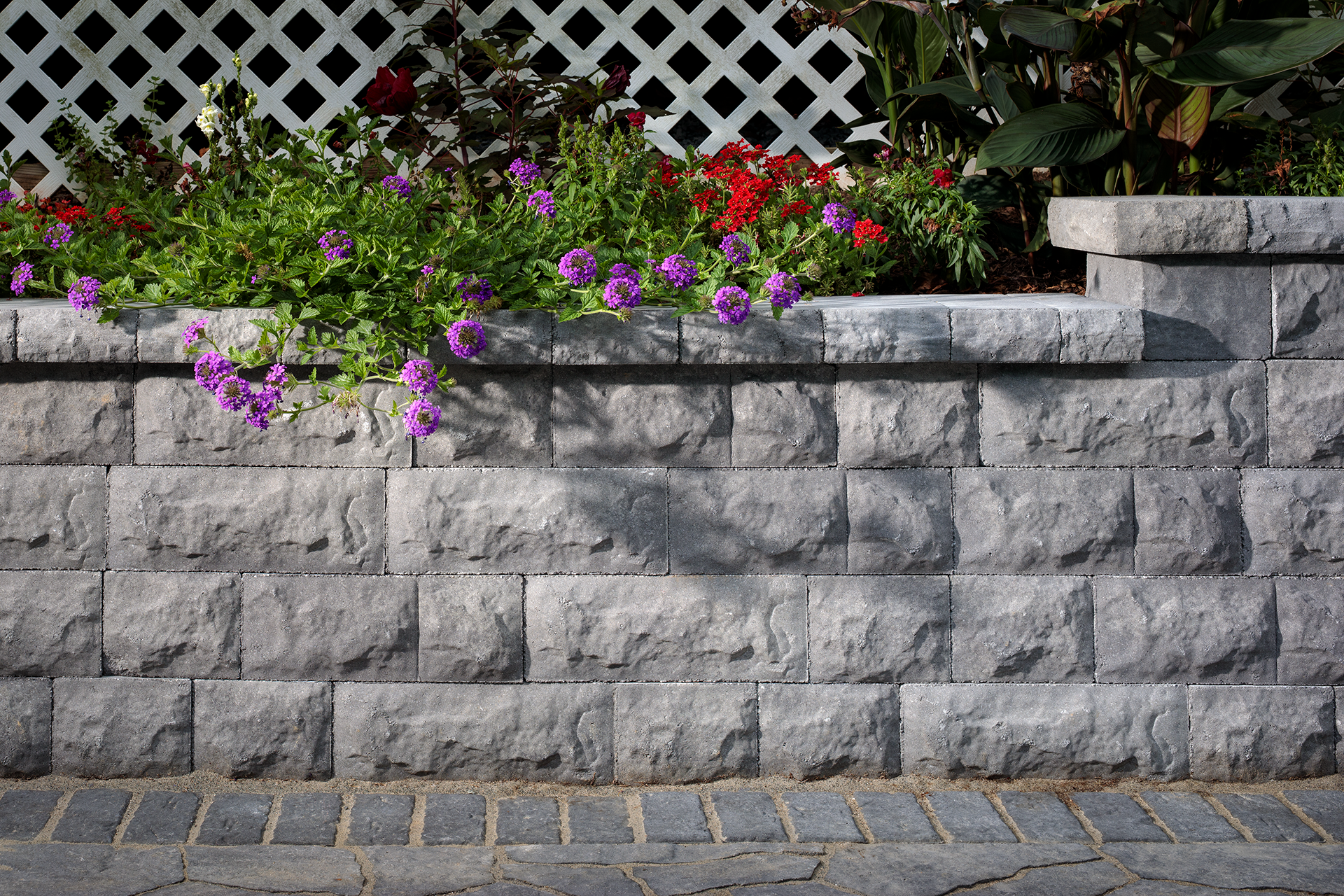Good hardscapes act as an extension of both the home and the surrounding landscape. They exist in the space between the straight lines and symmetry of manmade architecture, and the gentle curves and free movement of the natural world. The key to maintaining this balance and keeping your hardscape from leaning too far in the “hard” direction, is to soften it with complementary plant life. It’s important to keep those plants happy and healthy throughout the year if you want your outdoor space to stay looking its best, and that means keeping them alive through the scorching heat of the summer months. By following these tips you’ll not only keep your garden from withering away, but help it thrive under the blazing sun.

The approach you take to keeping your garden cool will depend on several factors, from plant type and age, to whether they’re potted or in the ground. Some plants need more water than others, and a consistent watering schedule will pay dividends for keeping your garden happy. Understanding your garden and what you’re growing is the key to a thriving yard, but let’s look at three tips to help you grow your garden’s success.
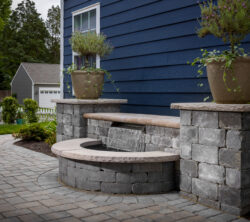
1) Water, Water Everywhere
When it’s hot outside you need to stay hydrated to cool off, and your garden is no different. Making sure your plants have enough water is one of the most important ways to keep them healthy through the heat, but understanding how and when to water can make all the difference. Ally from Cross Creek Nursery shared some tips for watering with us, saying:
“Water is key. Anything recently planted or transplanted will need supplemental water for the first few weeks. The goal through the summer months is to focus on the roots. You want to provide deep watering with a garden hose or a good old-fashioned 5-gallon bucket. It’s important to make sure you’re delivering enough water to reach the entirety of the root system. While overhead sprinkler systems are great for shallow-rooted plants like turf grass, trees and shrubs will need something that can provide a deep soaking. Focus on the drip line of the plant and not the foliage when watering. Here in humid Richmond, VA additional moisture on the foliage of the plant can promote unwanted fungal growth. The foliage will often look stressed or scorched during the dog days of summer, but as long as that root system is alive and well, your plants will perk back up when the weather relents.”
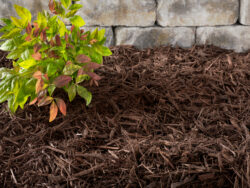
Watering should be done during cooler hours, preferably in the morning or early evening. This will give your plants the resources to keep themselves cool during the middle of the day when it is hottest. Learn the signs that your specific plants show when they’re under or over watered and adjust accordingly. Mulch is watering’s best friend. By reducing evaporation and keeping soil temperature more consistent, a thick layer of mulch will help cool off your garden while keeping pesky weeds at bay.
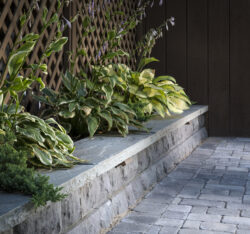
2) Throwing Shade
There’s nothing like sitting under a big leafy tree to wait out the heat, so pay that shade forward to the budding plants in your garden. Shade is another important tool for keeping your garden from burning out during the summer. If you have potted plants, consider moving them to covered areas when the sun is at its peak. Planning ahead of time will make your life easier in the long run, so pay attention to sun exposure times in your yard while you decide on the location for a new garden bed. Even with good planning, younger plants may need additional coverage from shade cloth or canopies to keep them safe until they are established. Remember though that plants need sunlight to photosynthesize, so make sure they are getting plenty of light in the morning and early evening when the sun isn’t as intense.
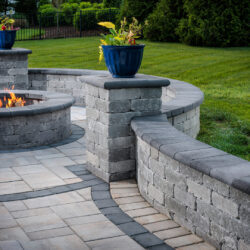
3) Mobile Greenery
Unlike other forms of life, plants can’t just get up and grab a drink of water or find some shade when it gets too hot. Keeping your greens in planters will give you more flexibility to move your plants around as the temperatures rise, providing more control over water intake and sun exposure. Potted plants typically need more frequent watering because they don’t get any groundwater, but the vessel will reduce runoff and let you regulate your plant’s hydration better than an in-ground plant. Planters make your plants mobile, meaning you can move them into the shade during heat spikes and back into the sun during cooler hours. This allows you to monitor signs of over or under exposure and adjust to your plant’s needs. Having the option to fill your pots with nutrient-rich soil will support healthier growth and thus more heat-resistant plant life.
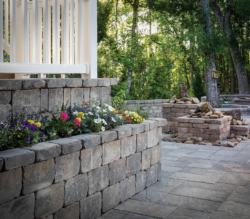
The Future is Bright
Setting your garden up for success from the beginning will make surviving the summer a breeze. Understand your local climate and consider investing in native plants that are predisposed to thrive in that environment. Focus your efforts on younger plant life to help them get established, and as your garden matures it will become hardier and more heat resistant over time. When it comes to gardening you get out what you put in, and if you give special care and attention to your plants in the early stages they will provide you with a beautiful outdoor space for many summers to come.

